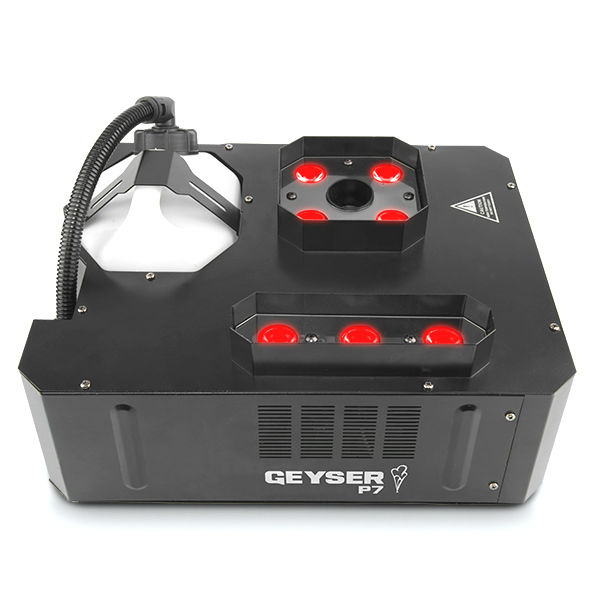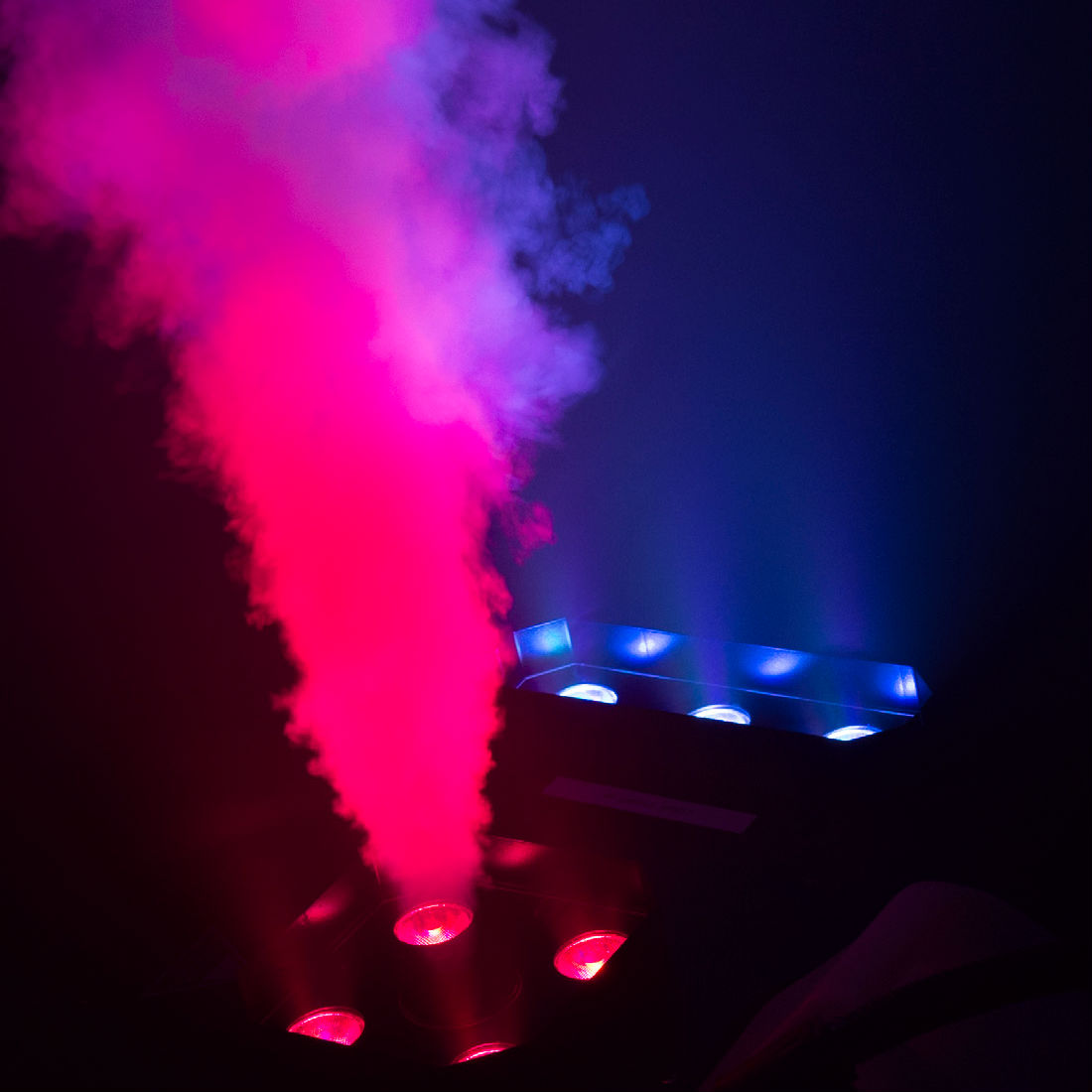Ol' Sparky
WARNING - THE FOLLOWING ARTICLE CONTAINS MATERIAL THAT MAY BE DISTURBING TO SENSITIVE READERS.
On August 6, 1890, William Kemmler, a convicted axe murderer at Auburn Prison in New York, earned the dubious honor of being the first person to be put to death in an electric chair. He was strapped to a wooden chair, copper electrodes were placed on his head and spine, and approximately 2000 volts of alternating current were sent through his body. Twice. Since Kemmler's execution, over 4,000 people have been put to death in this manner.
Alfred Southwick, a Buffalo, NY dentist, first imagined the electric chair as a humane alternative to hanging, then the most common form of execution. The problem with hanging was that it was very difficult to get it right. Some prisoners strangled at the end of their rope for up to twenty minutes before dying, others were unintentionally beheaded when they were dropped too far. Southwick had read about a Buffalo man who was killed when he stumbled into a generator at the city's power plant and thought that electrocution would provide a painless and instantaneous way to execute prisoners. Politicians looking for a way to appease anti-death penalty activists welcomed Southwick's idea. Electrocution was adopted as a means of execution in New York State on June 5, 1889. The only real question remaining was how the electric chair would be powered.
At this time, two powerful figures were competing for control of the new electric market, George Westinghouse and Thomas Edison. Westinghouse's alternating current was immensely popular and seemed inevitable that it would surpass Edison's direct current as the standard for residential and commercial power. Edison was never one to give up easily, however, and adopted some Machiavellian tactics to portray AC power as unsafe. One of these tactics was using his influence to make sure that the new electric chair used AC instead of DC power. He was successful, and the electric chair at Auburn was powered by a Westinghouse AC generator.
That first execution did not go at all as planned. It was imagined that Kemmler would die within seconds of the current being turned on. Instead, he convulsed and turned bright red during the seventeen seconds that the current flowed, but did not die. While the generator gathered power for a second jolt, Kemmler remained in the chair, groaning and gasping for breath. The second shock lasted for over a minute, during which time smoke rose from the helmet and a crackling sound could be heard. Some witnesses claimed to have seen flames shoot from Kemmler's mouth, but their testimony is largely dismissed as mere sensationalism. When the current was shut off the second time, Kemmler was dead.
Kemmler's execution was not the only time that the electric chair failed to deliver an instant and painless death. There are stories of victims being shocked repeatedly before dying, or being burned alive by faulty equipment. These stories have become part of our collective unconscious, turning up in novels such as Stephen King's "The Green Mile," and films like Wes Craven's "Shocker." It's no surprise, then, that the electric chair is often a popular prop in haunted attractions.
Generally the effect involves an actor being brought in, struggling, and then strapped into the chair. The executioner then pulls the switch and the lights in the room dim while sparks and smoke fly from the chair. Many times, the "victim" will escape from the chair and run out to terrorize the audience. This is always a hit and serves as a great climax to a walk-through haunted attraction.
If you want to create your own electric chair effect, you'll need the chair, of course Plans to build your own can be found on the Internet or you can purchase one pre-built, usually for a steep price. Once you have a chair with all the straps and electrodes, you'll need some way to simulate an electrocution. The simplest method is to place the chair in an enclosed room with a few hanging light bulbs for illumination. When the executioner pulls the switch, activate a dimmer to bring the lights down and up and a tape loop with sounds of crackling electrical current. The actor, of course, will play a big part in selling this effect. It's up to him to convince the audience that he's being electrocuted before their eyes.
To add some drama to the effect, attach a spark ejector under each of the chair's armrests so that actor can reach them while he's strapped in. As he's struggling in the chair, he can fire the spark ejectors, adding to the illusion that the current is surging wildly through his body. In addition to the spark ejectors, a fog machine can be hidden in the base of the chair and controlled either by wireless control, or by running the wired controller to an inconspicuous location accessible to the executioner. The "smoke" should probably be triggered later in the effect, to give the impression that the victim is beginning to cook a little. For the escape from the chair, you may wish to switch to strobe lighting to create a disorienting effect as the victim breaks free of the straps and turns on the crowd. If you decide to go with an escape, make sure that there's plenty of room for the crowd to exit, you don't want any real injuries on your hands. You might also consider having the victim turn on the executioner instead of the crowd. This still creates a great ending to the scene, but reduces the risk of the crowd stampeding through the exit. Of course, you'll want to have someone ready to guide the crowd quickly and safely out of the room.
Whether or not you agree with the use of the electric chair, or with the death penalty in general, it cannot be denied that "Ol' Sparky" has become a part of American culture. The chair's gruesome past makes it a good choice for the modern haunted house. But as you're rigging the strobes, fog and other effects, take a moment to remember the history that's made the chair so frightening to us. Thomas Edison would have wanted it that way.
*********************************************
Theatre Effects Customer Service Department
service@theatrefx.com
www.theatrefx.com
Theatre Effects, 1810 Airport Exchange Blvd. #400, Erlanger, KY 41018
Phone: 1-800-791-7646 or 513-772-7646 Fax: 513-772-3579









